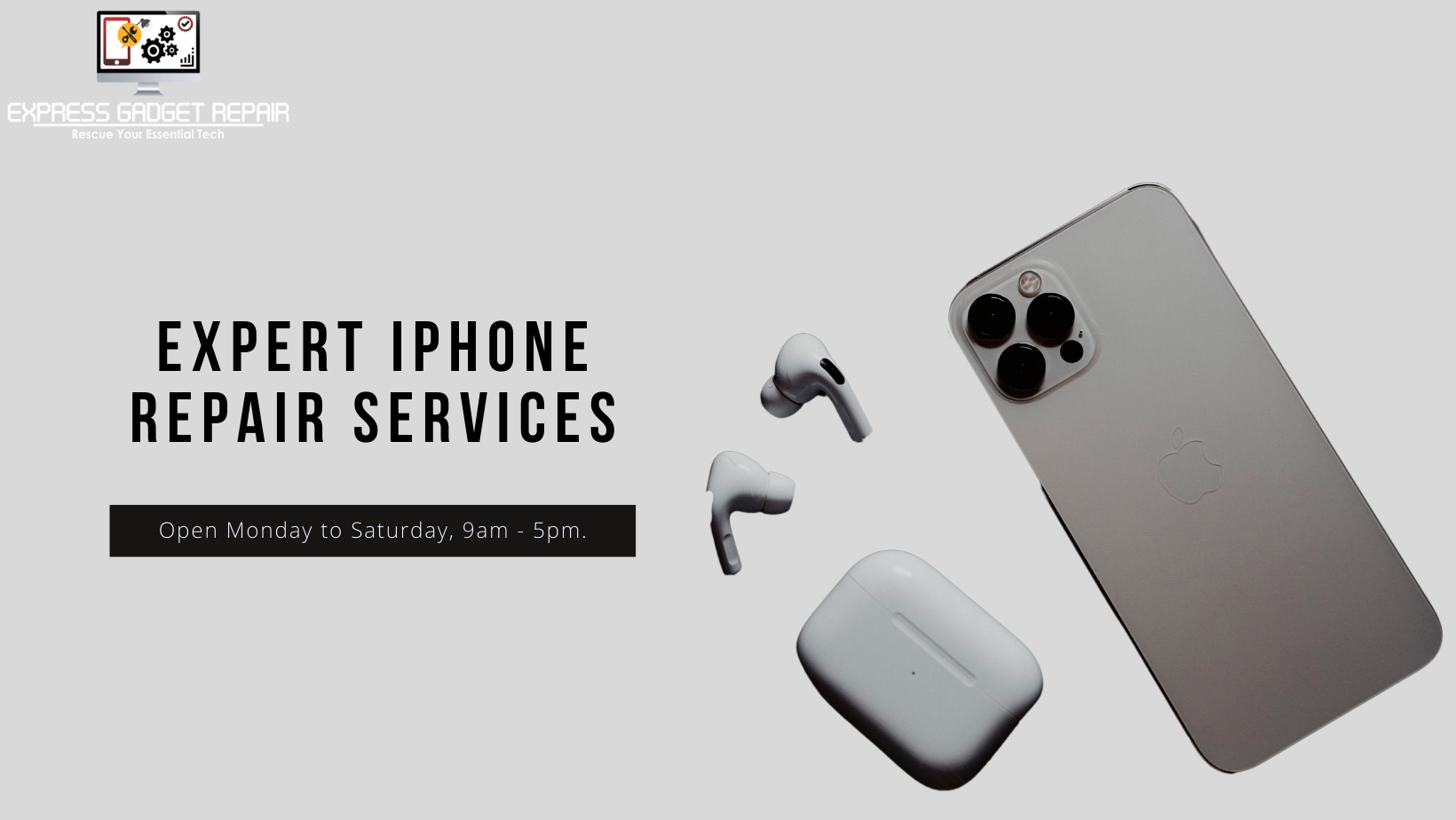iPhone Repair in Auckland: A Comprehensive Examination of Services, Challenges, and Solutions"

"iPhone Repair in Auckland: A Comprehensive Examination of Services, Challenges, and Solutions"
Introduction
In the bustling urban landscape of Auckland, where technology intertwines with everyday life, the iPhone stands as a ubiquitous companion for many residents. However, like any technological device, iPhones are susceptible to damage and malfunctions, necessitating repair services. This essay delves into the world of iPhone repair in Auckland, exploring the services available, the challenges faced by both consumers and repair professionals, and potential solutions to enhance the repair ecosystem.
The Current Landscape of iPhone Repair in Auckland
Auckland boasts a myriad of options for iPhone repair services in Auckland, ranging from authorized Apple service providers to independent repair shops. Authorized service providers, typically affiliated with Apple, offer the assurance of genuine parts and adherence to Apple's repair standards. These providers are often located in major shopping centers and offer a comprehensive range of repair services, including screen replacements, battery replacements, and diagnostics.
On the other hand, independent repair shops provide alternatives to official channels. These businesses may offer competitive pricing and faster turnaround times, catering to a diverse clientele. While some independent repair shops specialize exclusively in iPhone repairs in Auckland, others offer a broader spectrum of services, including repairs for various electronic devices.
Challenges in iPhone Repair
Despite the array of repair options available, several challenges persist within the iPhone repair industry in Auckland. One significant challenge is the issue of counterfeit or substandard parts. With the proliferation of counterfeit components in the market, consumers risk receiving inferior-quality repairs that compromise the performance and longevity of their devices. Moreover, distinguishing genuine parts from counterfeit ones can be challenging for both consumers and repair professionals, exacerbating the problem.
Another challenge lies in the realm of data security and privacy. iPhones store vast amounts of personal data, including sensitive information such as contacts, messages, and financial details. When seeking repairs, consumers entrust their devices to repair technicians, raising concerns about data privacy breaches or unauthorized access to personal information. Ensuring robust data protection measures within the repair process is essential to alleviate these concerns and safeguard consumer trust.
Furthermore, the right to repair movement has gained traction globally, advocating for increased access to repair information and parts for consumers and independent repair professionals. In Auckland, as in many other regions, restrictions imposed by manufacturers limit access to essential repair resources, hindering the growth of an inclusive and competitive repair market.
Solutions and Innovations
Addressing the challenges within the iPhone repair industry necessitates a multifaceted approach involving collaboration between stakeholders and innovative solutions. One potential solution is the implementation of stringent regulations and standards governing the sourcing and use of repair parts. By enforcing quality control measures and certification requirements for repair technicians, authorities can mitigate the proliferation of counterfeit parts and uphold repair quality standards.
Moreover, fostering transparency and accountability in the repair process is crucial for building consumer confidence. Repair providers can adopt practices such as providing detailed repair reports, obtaining explicit consent for data access, and offering warranties on repairs to reassure customers and demonstrate commitment to service excellence.
Additionally, embracing the principles of the right to repair movement can drive positive change within the industry. Manufacturers can proactively release repair manuals, diagnostic tools, and genuine parts to empower consumers and independent repair professionals to carry out repairs effectively. By fostering an environment of collaboration rather than exclusivity, manufacturers can promote innovation and competition while enhancing consumer choice.
Furthermore, technological innovations such as modular design and repair-friendly construction can facilitate easier and more cost-effective repairs. Designing iPhones with replaceable components and standardized interfaces not only simplifies the repair process but also reduces electronic waste and promotes sustainability.
Conclusion
In conclusion, iPhone repair in Auckland encompasses a diverse landscape of service providers, challenges, and opportunities for improvement. By addressing issues such as counterfeit parts, data security concerns, and barriers to repair access, stakeholders can enhance the repair ecosystem and deliver better outcomes for consumers. Through collaboration, innovation, and adherence to ethical practices, the iPhone repair industry in Auckland can evolve to meet the evolving needs of the community while upholding standards of quality and integrity.


